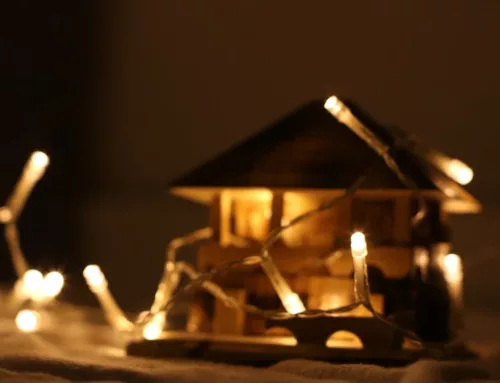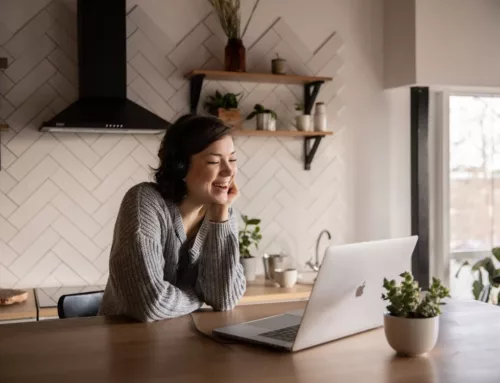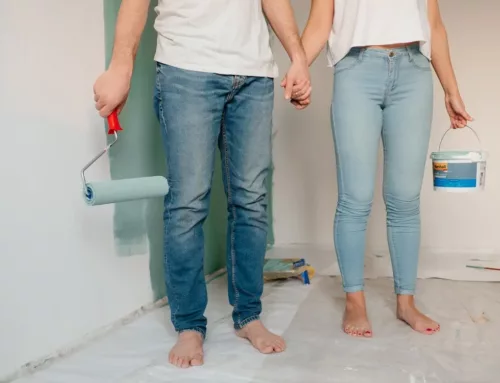Regardless of your intentions for a new home, each property has to be treated like an investment. There are plenty of people who have purchased a property with the intent for it to be a short-term option, but ended up staying with the property for years and even decades. For whatever reason plans change. However, as an investor, you need to understand that the property offers you more than just an eventual financial solution, it gives you a chance to build financial stability in your life.
While buying a home is seen as a major investment, the reality is that it’s one of the safest investments we can make. Properties do not usually go down in value, especially when compared to prices decades ago. That means that as long as you hold onto the property, eventually there will be solid value that comes with it. However, there are things you need to do to make it a stronger investment, regardless of location.
Treating Your Home Like A Long-term Investment
Beyond demand and location, the properties that turn out to be the best long-term investments for their owners are the ones that are well-maintained. You cannot expect to destroy a home and then sell it for the same or higher value years later. You have to take care of the property and that means investing into it even after you purchased it.
Every property requires different help in order to reach it’s fullest potential. Before you buy, you should have a strong understanding of the cost and responsibility that is required in order to get your property to where it can be. Whether you can address those changes now or not doesn’t matter. What you need to be aware of is how to manage your finances with the property and make those improvements as you go.
Down Payment
The financing for a new home always begins with a downpayment. This is your opportunity to show lenders how serious you are about making this a long-term home. The downpayment is your way of cutting down the amount you’re going to borrow, lower additional fees that come with borrowing money like a mortgage insurance, and you also are able to establish your commitment to the property.
Lenders want you to put down at least 20% and that number will also help you to avoid mortgage insurance fees. However, depending on things like your interest rate, the value of the home, how much money you have to invest and more, you could end up looking at a decision between putting more down and saving some to cover early renovation costs. This is where you have to look at your finances and the cost of buying and paying for the home.
Building Equity
One of the best things you get to do when initially buying a home is to build your equity in the property. If you are buying a home at $500,000 and you put down $100,000 on the loan, you are still hitting the 20% mark. However, you are also putting down $100,000 towards your equity meaning that’s how much of the property you own.
Your equity is important and it’s something you always want to build up, even if you pay an extra $100 a month towards the principal. By building up your equity you are paying back the money you borrowed to purchase the property and lowering how long the bank can charge you. While you are still paying interest, adding a small amount to your principal each month can cut years off the term of your loan, taking a 30-year mortgage and making it a 20-year.
Smart Improvements
As you are looking through the needs of your home, you have to look at the improvements that need to be made first. Yes, you want to add a pool or a home gym or something else that makes this property your dream home. However, you have to start with the smart and needed improvements first. These improvements may not make the house the property you want, but they could have a major impact in the short-term and long-term value of the property.
Sometimes, the easiest way to determine what the property needs is to look at your inspection sheet. What was discovered during the inspection process that helped you to save money on the property? Was the air conditioning unit over 10 years old? How old is the roof? Does the driveway need to be redone? Would a new coat of paint make a world of difference? These are the questions you have to answer before you get to start adding the fun stuff to your property.
Cutting Costs Down
One of the benefits of treating a property like a long-term investment is that eventually, the costs will go down. 10 years after your purchase of the property, if you’ve been able to make all the necessary upgrades and the ones you wanted as well, you will see that the property is much more affordable to keep and maintain than others in the area. That’s because you’ve already completed the bulk of the work that needs to be done and you can focus now on the actual finances of the property.
While you may have to cover the monthly costs of a swimming pool or something like that, you are still raising the value of your property with each new addition you bring in. However, if you get to a point in 10-15 years where you’ve done plenty of work and the property does not need any major work to be done, you will find that your cost to maintain the home is far less than what you originally paid when you started it.
Affordable Living Option Or Opportunity
One of the reasons it’s always highly recommended to invest in a home long-term is because as you get older, the property becomes more affordable. Eventually, you have the option of staying in an affordable home that will keep your costs down, or selling the property for hopefully a major profit.





